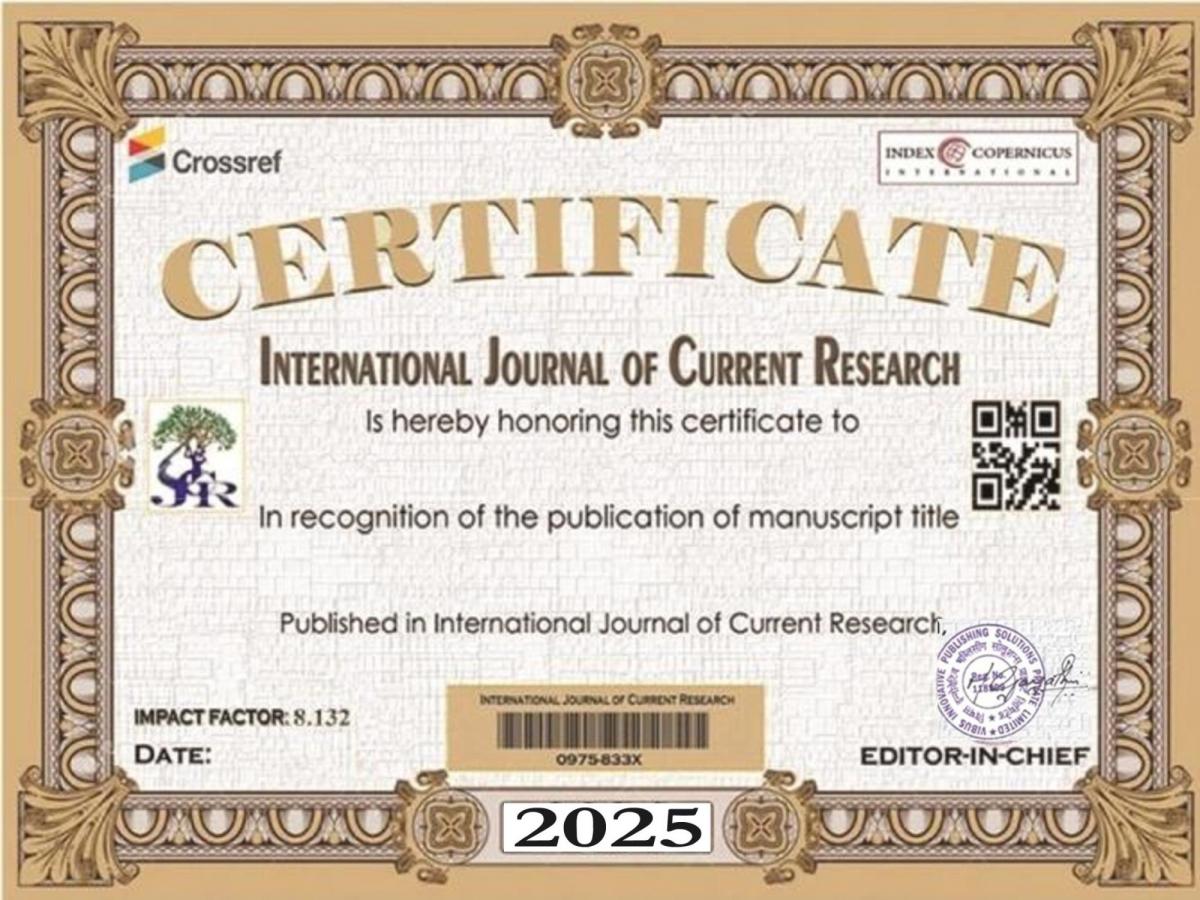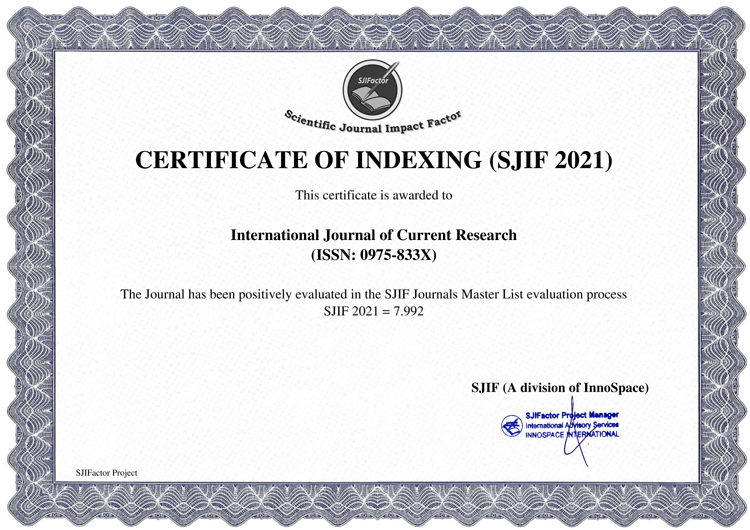Access to safe drinking water remains a major challenge in rural Burkina Faso, despite numerous interventions over the past decades. This study examines the risks of failure in drinking water supply (DWS) projects, focusing on the Charity Water program implemented by the NGO Eau ViveInternationale (EVI) between 2019 and 2023 in the provinces of Ganzourgou and Zoundwéogo. Using a combination of lessons learned from previous projects, consultations with administrative authorities and NGOs, and focus groups with beneficiaries, six potential risks were identified, including conflicts over site selection, non-involvement of beneficiaries, poor communication, non-payment of contributions, provision of non-potable water, and inappropriate choice of structure. Each risk was assessed for probability and severity, resulting in a criticality ranking that guided the design of a risk mitigation plan. The plan included measures such as public consultations, community participation processes, strengthened Water Users’ Associations, and the use of social networks for communication. Follow-up surveys conducted during the BF 491 project demonstrated high beneficiary satisfaction, with significant improvements in site selection consensus, stakeholder involvement, communication, and collection of contributions. Minor risks related to water quality and structure type were effectively controlled through routine monitoring and training. The findings highlight the importance of systematic risk assessment and targeted mitigation strategies in ensuring the sustainability and effectiveness of rural drinking water supply projects.





